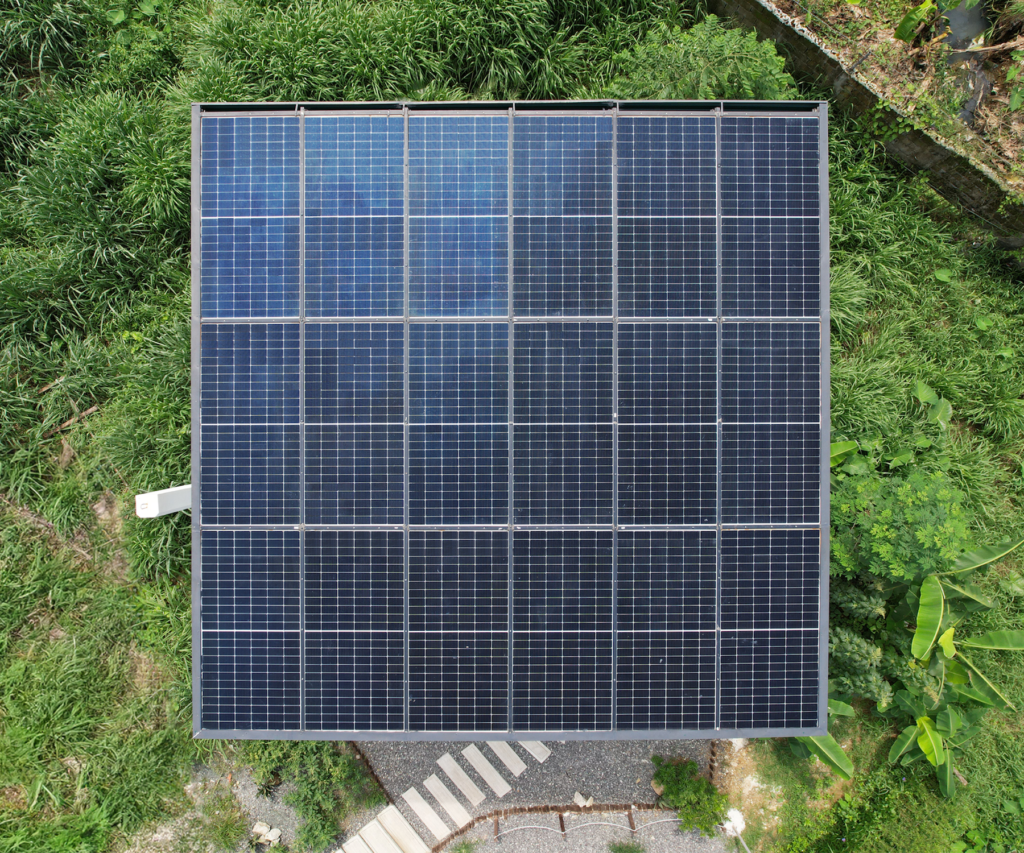This year marks 30 years since I took my first flight—Bangalore to Delhi on ModiLuft. I was 17, wide-eyed, and a little apprehensive as the plane sped down the runway. I still remember that flight vividly: a blue and yellow paper ticket booklet I treasured, and a cockpit visit that felt magical. Flying wasn’t cheap, but it was special.

Fast forward to today: last year alone, I flew 180,000 miles across 78 flights. As I write this, I’m 40,000 feet in the air—same altitude as 30 years ago—but everything else feels worse.
The aircraft is new-generation, yet the cabin feels no different. The seat is tighter. My knees brush the seat in front. My elbows fight for room. I can’t rest my head on the tray table; I can hardly recline—I feel packed, not seated. This is Singapore Airlines, ranked #2 globally in 2024. Around me: blankets, pillows, eye shades, people twisted into shapes that seem humanly impossible for a 15-hour flight.
And I wonder: how did we end up here?
We’ve had 30 years of advancements—smarter planes, better materials, AI, automation, carbon-fibre bodies, optimised fuel burn. I had so much hope when the A380 and B787 launched. I was excited to board the world’s biggest passenger plane. But inside? The same cramped seat. The B787 promised higher humidity and less jet lag… I didn’t feel it.
Yes, improvements came—showers, double beds, mini-residences—but only for those flying first or in business class. For the rest of us? “Aviation is a tough industry,” we’re told. Margins are thin. Fuel is expensive. Airlines lose money on most passengers.
Yet Singapore Airlines posted record profits in the last two fiscal years, rewarding employees with bonuses equivalent to eight months’ salary. Meanwhile, they removed toothbrushes, socks, and amenity kits. Apples and bananas—the only healthy midflight snacks—are gone. Reserving an aisle seat can cost up to $130 extra. I can’t even collect full miles because my tickets are “too cheap” to qualify. On a family trip to New York, I was denied entry into the lounge with my seven and ten-year-old children: “only one child allowed.” Courtesy and empathy, too, seem limited in economy.
The reality is, flying hasn’t improved for most passengers in 30 years; it has become worse. It’s not just Singapore Airlines; I flew 13 different airlines last year, and they were all nearly the same. That’s the point: it’s not an airline problem—it’s a system problem. A system they’re all locked into.
A system called oligopoly. In this system, a handful of dominant airlines control most routes. In an oligopoly, the barrier to entry for a new player is high. Therefore, the acting players can implicitly (or sometimes explicitly) cooperate for their benefit and influence the market to keep prices high and service quality low. They love to maintain this equilibrium.
Game theory explains this equilibrium. If one airline improves the economy class experience at its own expense, competitors may or may not follow—and the airline risks losing margins relative to its rivals. But if one lowers standards, others quickly match to protect or improve their margins.
Airlines claim to be customer-centric. But in an oligopoly, “customer-centricity” is a marketing slogan, not an operational strategy. Even if I’m willing to pay extra for a toothbrush, no airline has an incentive to provide one. The toothbrush benefits me as a passenger, but offers negligible returns to the airline. It doesn’t shift market share. It doesn’t increase profits.
In premium cabins, however, it’s different. A small improvement in service or amenities can deliver real returns because higher-paying passengers are more responsive—there’s price elasticity at the top. But in economy, any improvement that adds cost risks triggering a competitive response that lowers profits across the board. And so they don’t act.
The rational move for each airline is to hold the line: minimise costs, match competitors, protect profits. No one wants to be the first to invest in better service if others won’t.
The system isn’t designed for improvement. It’s designed for stability. We may think the airline market is perfectly competitive, but it isn’t.
And aviation isn’t unique in this.

Housing is no different. In the high-end market, developers compete fiercely to enhance customer experience: taller buildings, larger homes, better views, luxury finishes, smart gadgets, star architects, concierge services. The competition pushes constant improvement, year after year. But in affordable housing? There’s no such race.
A few dominant developers, landowners, and financiers protect their margins, each mirroring the others. Any meaningful change—whether in affordability, sustainability, or design—requires someone to break formation, to take a risk others won’t immediately match. And so developers keep building the same kinds of homes at the same price points. Green innovations, design upgrades, affordability initiatives—they’re rare, because no one wants to move first unless they’re sure competitors will follow. That’s why innovation in affordable housing is so hard.
At BillionBricks, we’re trying to disrupt this system: to create homes that are not only net-zero but genuinely affordable, scalable, and desirable. But disruption is difficult in an oligopoly. Because real change doesn’t come from playing the game better. Real change comes from rewriting the game itself. And rewriting the game threatens every incumbent at the table.
So next time you wonder why it’s such a hard fight at BillionBricks, think like an economist. We’re not just building homes—we’re confronting what’s effectively an implicit cartel: a system that has maintained equilibrium for decades. An equilibrium where players talk about solving the housing crisis, signal concern for millions of people in need… but never truly act. Because the marginal economic value of solving a crisis, of helping low-income families, is too low to motivate them.
So I ask: what will it take to redesign industries trapped in oligopoly? Who’s willing to challenge the equilibrium—not just compete within it? And what can BillionBricks do to move faster and with greater impact?
Prasoon Kumar is the CEO and Co-founder of BillionBricks, a climate-tech venture pioneering net-zero housing solutions for underserved communities. With a background in architecture and urban planning, he has transformed BillionBricks from a non-profit into a for-profit enterprise, integrating design, technology, and finance to address housing and climate challenges. Prasoon also serves as a Business Advisor to the Director General at the World Trade Organization, focusing on sustainable development and global economic strategies.




